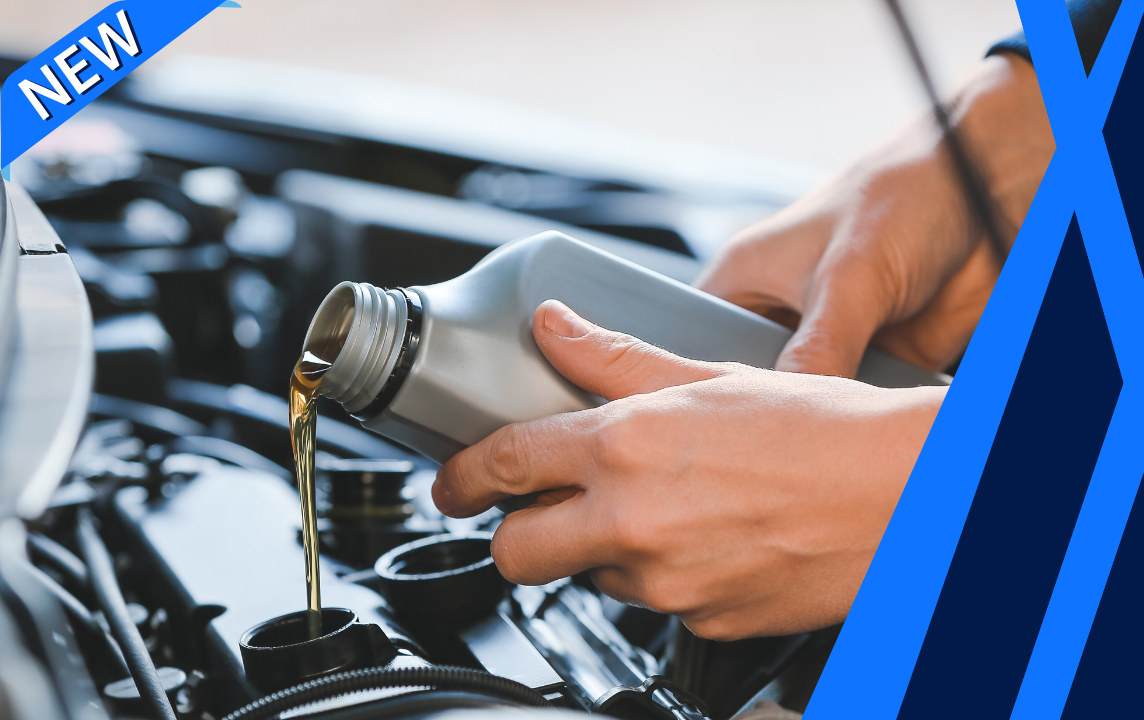Description
The car pulls to left or right when I brake Inspection
How this system works:
There are two types of brake systems: disc and drum. Both use friction and resistance to stop the vehicle.
In a disc-style system, there is a rotor connected to the wheel. Calipers, powered by the vehicle’s hydraulic brake system, apply pressure to the brake pad, which rubs against the rotor, causing friction, bringing the wheel to a stop.
Brake systems require regular maintenance to work correctly. For example, brake pads wear down due to friction and must be replaced when the linings become too thin—failure to replace the pads on time may cause subsequent damage to other components of the system.
It is best to have your brake system inspected every time you have your tires rotated, or every 12,000 kilometres, as worn brake pads, a stuck caliper, or damaged rotors can lead to your car pulling to the side when you brake, or not stopping as efficiently as designed.
Common reasons for this to happen:
- Uneven tire pressure: Uneven pressure in tires can cause a car to pull when driving or braking. Low pressure on one side of the vehicle changes the height and relative speed of the tire, affecting the effective alignment of the car.
You can easily fix this problem by maintaining proper inflation in all four tires.
- Worn out brake pads: Brake pads wear down over time and as they do, they will exhibit a number of symptoms, one of which may be pulling to the side during braking.
The brakes may also squeal when the brake pads are ready to be replaced. Most brake pads have a built-in indicator that comes into contact with the rotor and squeals when the pads are too thin, acting as a warning system to the driver.
If you hear a grinding sound, it typically means that you have worn completely through your brake pads, and the metal backing plate of the pads is now grinding on the rotors. Immediate service is required.
- Worn or warped rotors: Worn or warped rotors can cause the vehicle to vibrate when the brakes are applied, and in some cases, the car will pull to one side when braking. Rotors can be warped due to stress from towing, hilly terrain, or other situations that put stress on your braking system.
- Stuck caliper: If one of the brake calipers is stuck, you will notice a significant pull to one side when braking. You will also probably notice a pull to one side even when you are not braking.
- Collapsed brake hose: A brake hose that has collapsed can cause calipers to move unevenly, causing the vehicle to pull to one side when braking.
- Worn suspension parts: Suspension components wear out over time and can cause various problems, one of which is the car pulling to one side when driving or braking. The problem can be in the ball joints, springs, bushings, or numerous other components. Suspension parts will all shift as they become worn, and when they do, the car pulling to one side is a very common problem.
What to expect:
A top-rated mobile mechanic will come to your home or office to perform a thorough inspection of your brake system and determine what makes the car pull to one side.
Following the inspection, the mechanic will provide a detailed report that includes the scope and cost of the necessary repairs.
How it’s done:
A Fixxr will examine the following components of the brake system during the inspection:
- Brake pads and shoes
- Hydraulic fluid
- Rotor and drum wear
- Calipers
- Wheel cylinders
- All brake hardware
- All hoses and lines
- Master cylinder
- Anti-lock system
How important is this service?
The brake system is crucial to the safe operation of your vehicle. You should immediately address any braking issues. If the vehicle is pulling to one side or has a grinding or squealing noise, the brake system should be inspected and repaired immediately.




